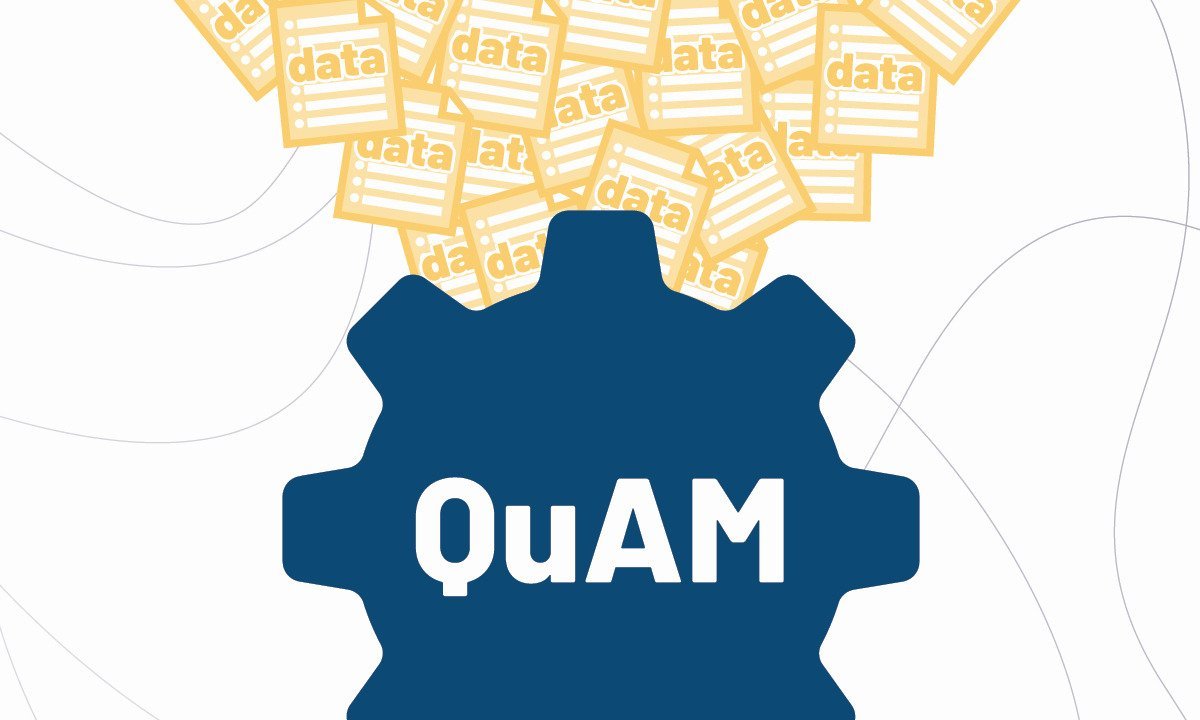GRATIS
Johns Hopkins University vía Coursera
GRATISPrecalculus: Mathematical Modeling
Acerca de este curso
- Module 1: Linear Modeling
- Data is all around us, Trillions of terabytes of data are generated and recorded daily by just using a smartphone, driving a car, or using a credit card. In this course, students examine how data is created, obtained, examined, and used to shape everyday life. To understand an analyze this data, researchers in diverse fields conjecture models based on their data. With more data, they modify and update the model accordingly. The model is then tested to validate results and conclusions. This module will help you to visualize large data sets, present different models for data, and statistics to measure how good the model is to the data. We will also focus on how to communicate the results of the models and common pitfalls to avoid overreaching or overstating your conclusions.
- Module 2: Exponential Modeling
- Perhaps the most important function of this course and your future courses in calculus, the exponential function is introduced to model many natural phenomena. For example, this function is used to measure population growth, the spread of a disease, and the elimination of drug from the body. Types of interest and present value calculations will require the understanding and use of the exponential functions. We will allow the exponential to have any positive base, but the natural exponential, that with e = 2.718.. will be our main object of study.
- Modeling with Other Functions
- In this module, we will use other functions to model specific behavior, such as polynomial, periodic and power functions.
- Module 4: Dimensional Analysis
- In engineering and science, dimensional analysis is the analysis of the relationships between different physical quantities by identifying their base quantities (such as length, mass, time, and electric charge) and units of measure (such as miles vs. kilometres, or pounds vs. kilograms) and tracking these dimensions as calculations or comparisons are performed. In this module, we will study dimensional analysis, or more specifically the factor-label method and apply it to measure the strength of an explosion.
Cursos relacionados

GRATIS Aprendiendo a aprender: Poderosas herramientas mentales…
Deep teaching solutions
Español

GRATIS Programación para todos (Introducción a Python)
University of Michigan
Inglés

GRATIS The Science of Well-Being
Yale
Inglés

GRATIS Negociación exitosa: Estrategias y habilidades esenciales
University of Michigan
Inglés

GRATIS Primeros Auxilios Psicológicos (PAP)
Universitat Autónoma de Barcelona
Español



